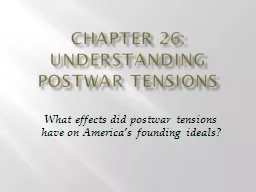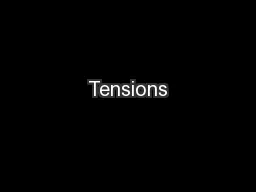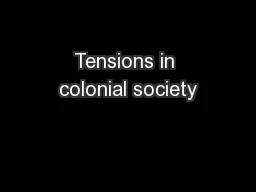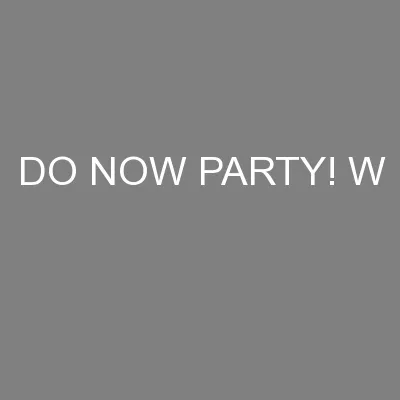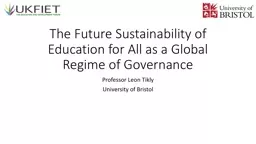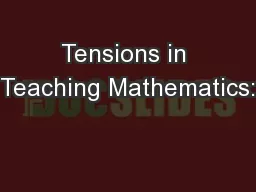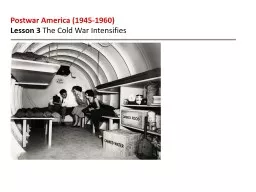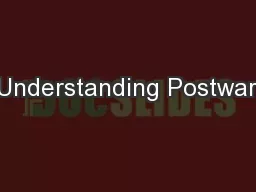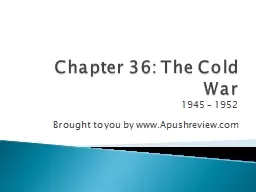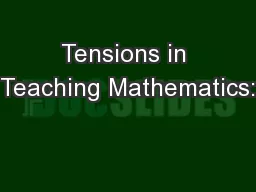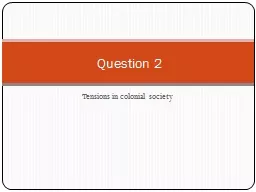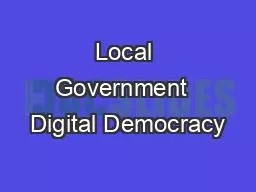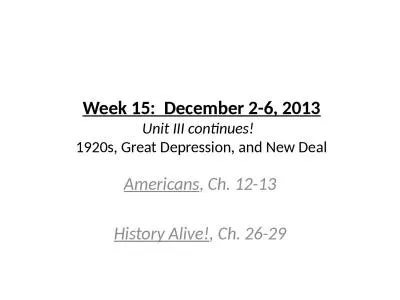PPT-Chapter 26: Understanding Postwar Tensions
Author : natalia-silvester | Published Date : 2016-07-26
What effects did postwar tensions have on Americas founding ideals Economic Tensions Demobilization causes massive unemployment During WWI industrial production
Presentation Embed Code
Download Presentation
Download Presentation The PPT/PDF document "Chapter 26: Understanding Postwar Tensio..." is the property of its rightful owner. Permission is granted to download and print the materials on this website for personal, non-commercial use only, and to display it on your personal computer provided you do not modify the materials and that you retain all copyright notices contained in the materials. By downloading content from our website, you accept the terms of this agreement.
Chapter 26: Understanding Postwar Tensions: Transcript
Download Rules Of Document
"Chapter 26: Understanding Postwar Tensions"The content belongs to its owner. You may download and print it for personal use, without modification, and keep all copyright notices. By downloading, you agree to these terms.
Related Documents

